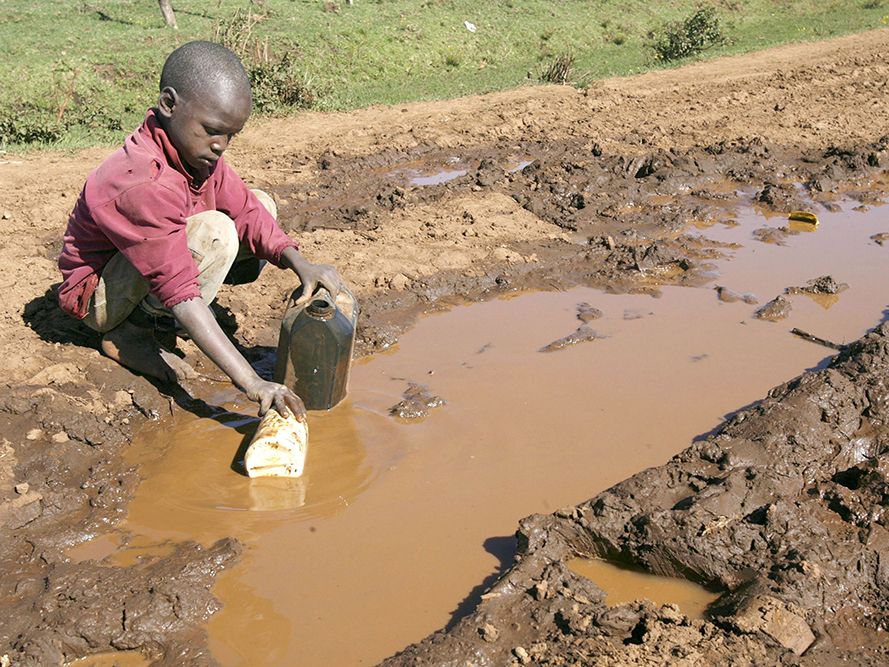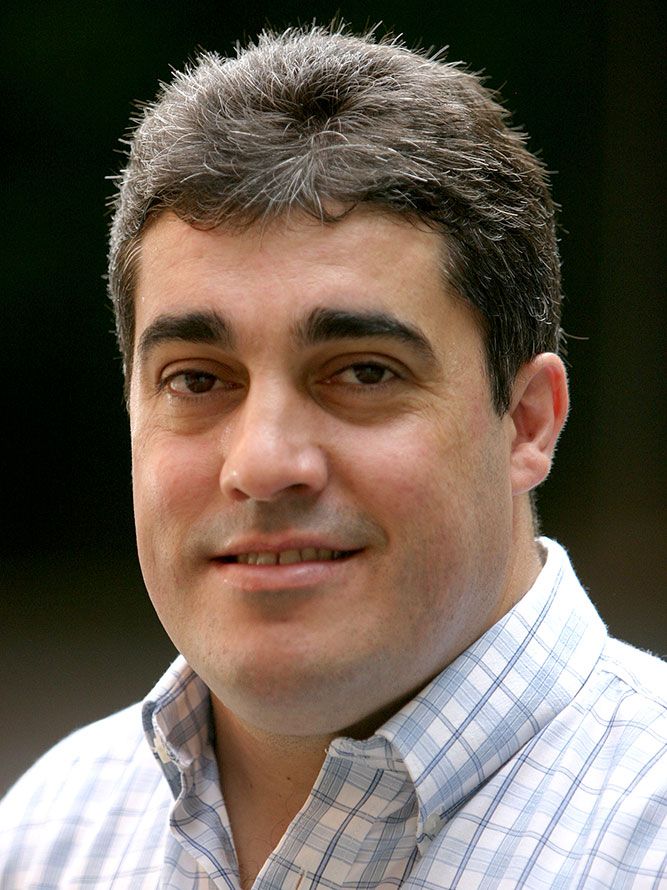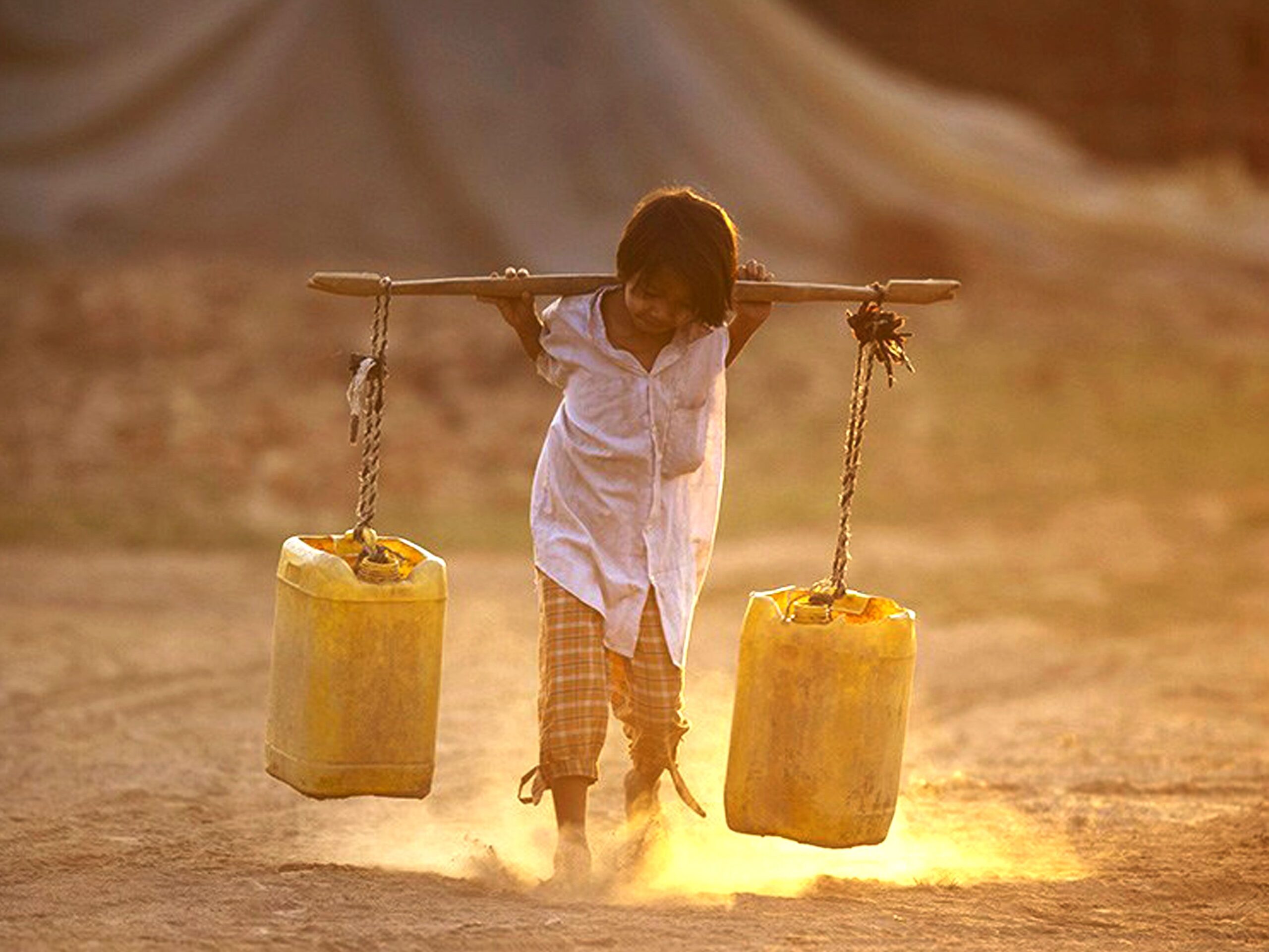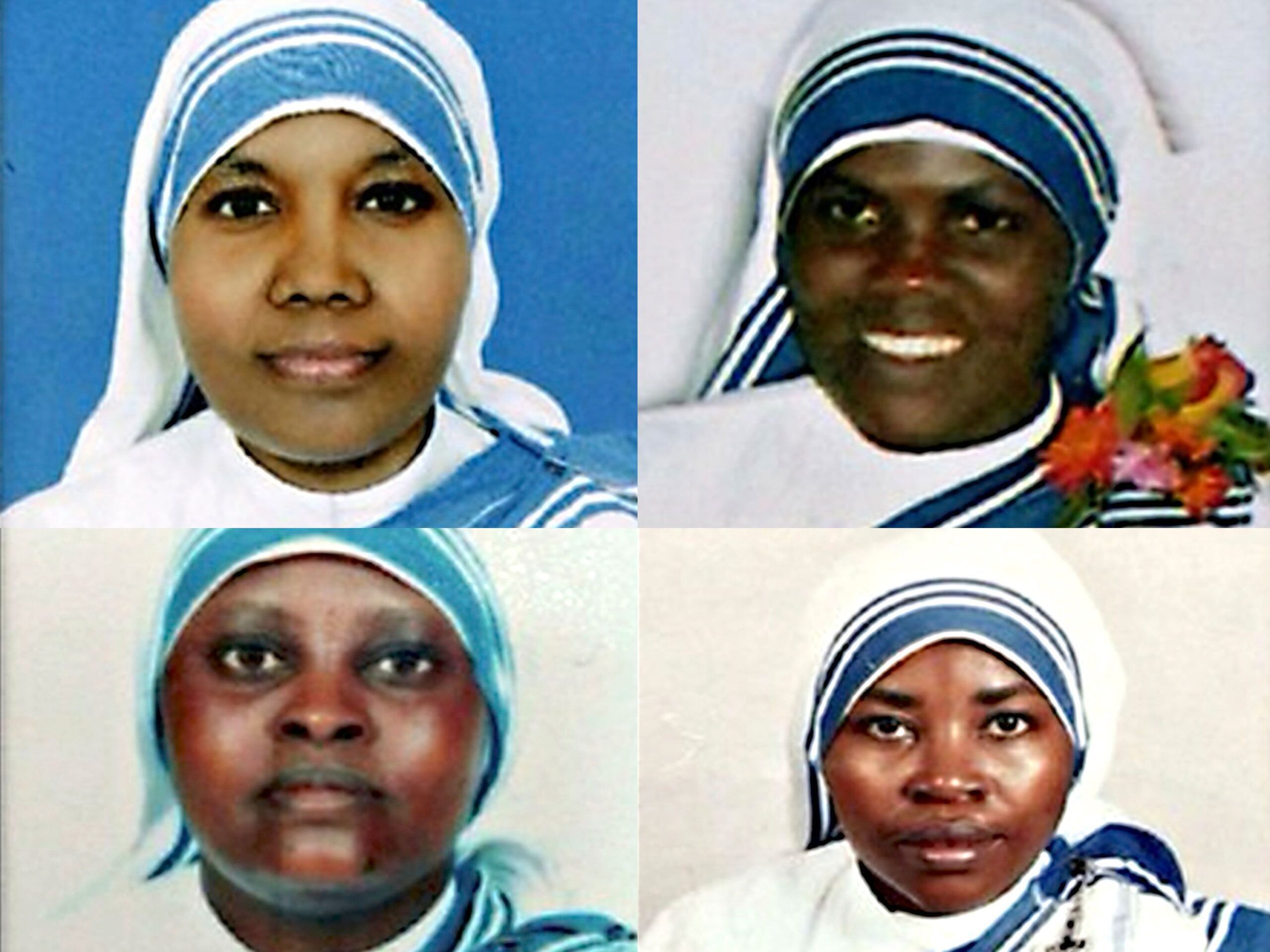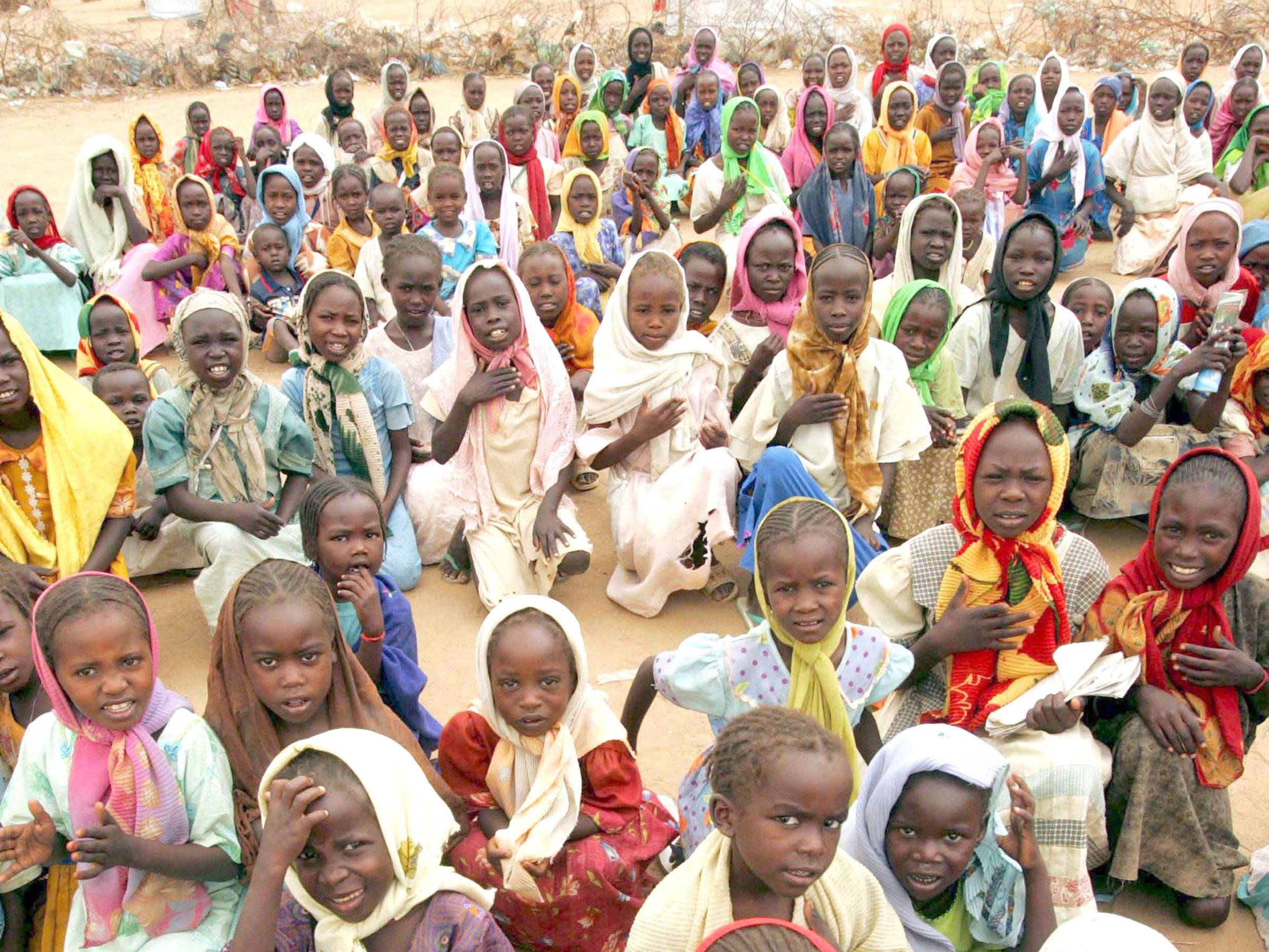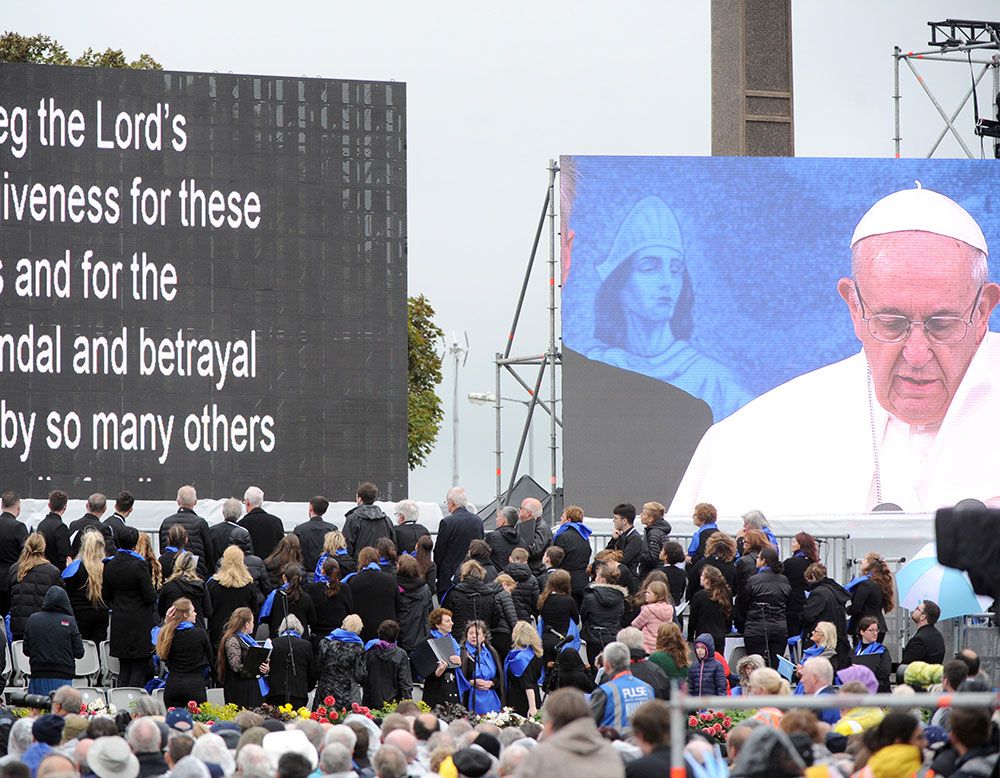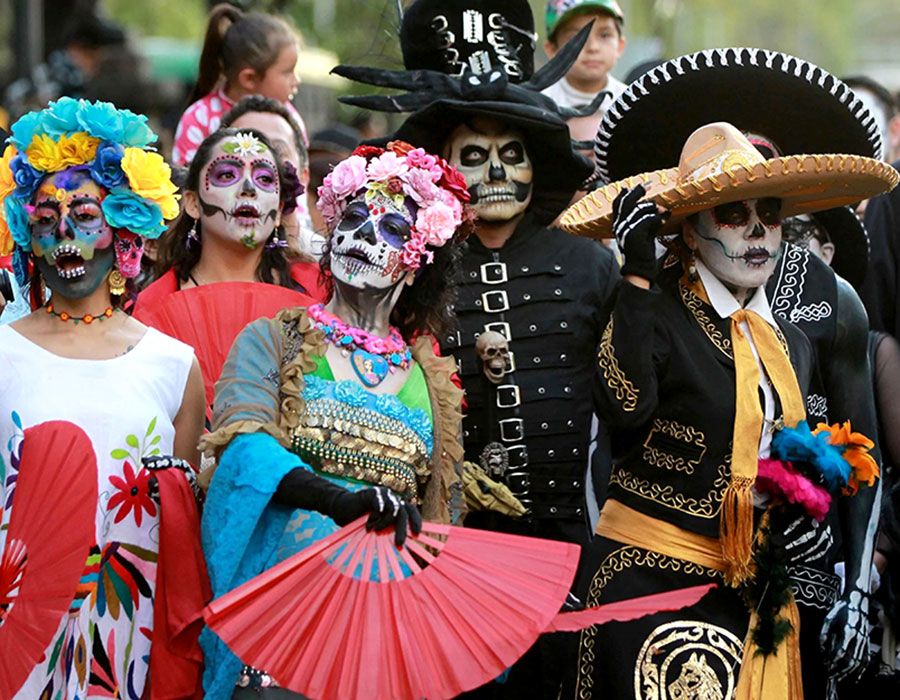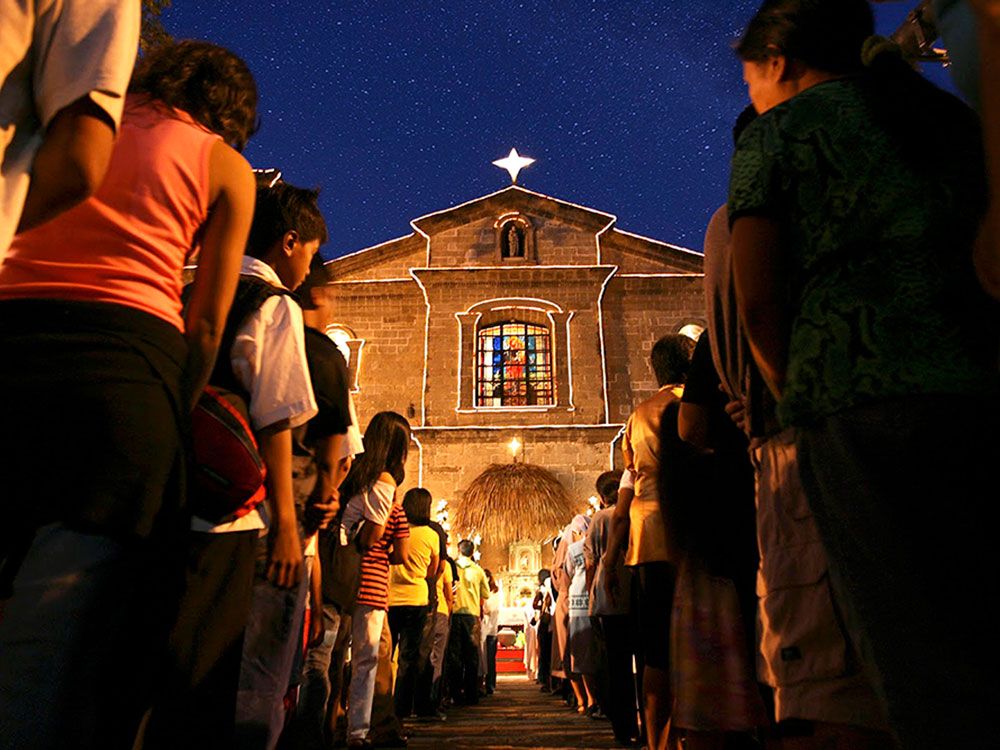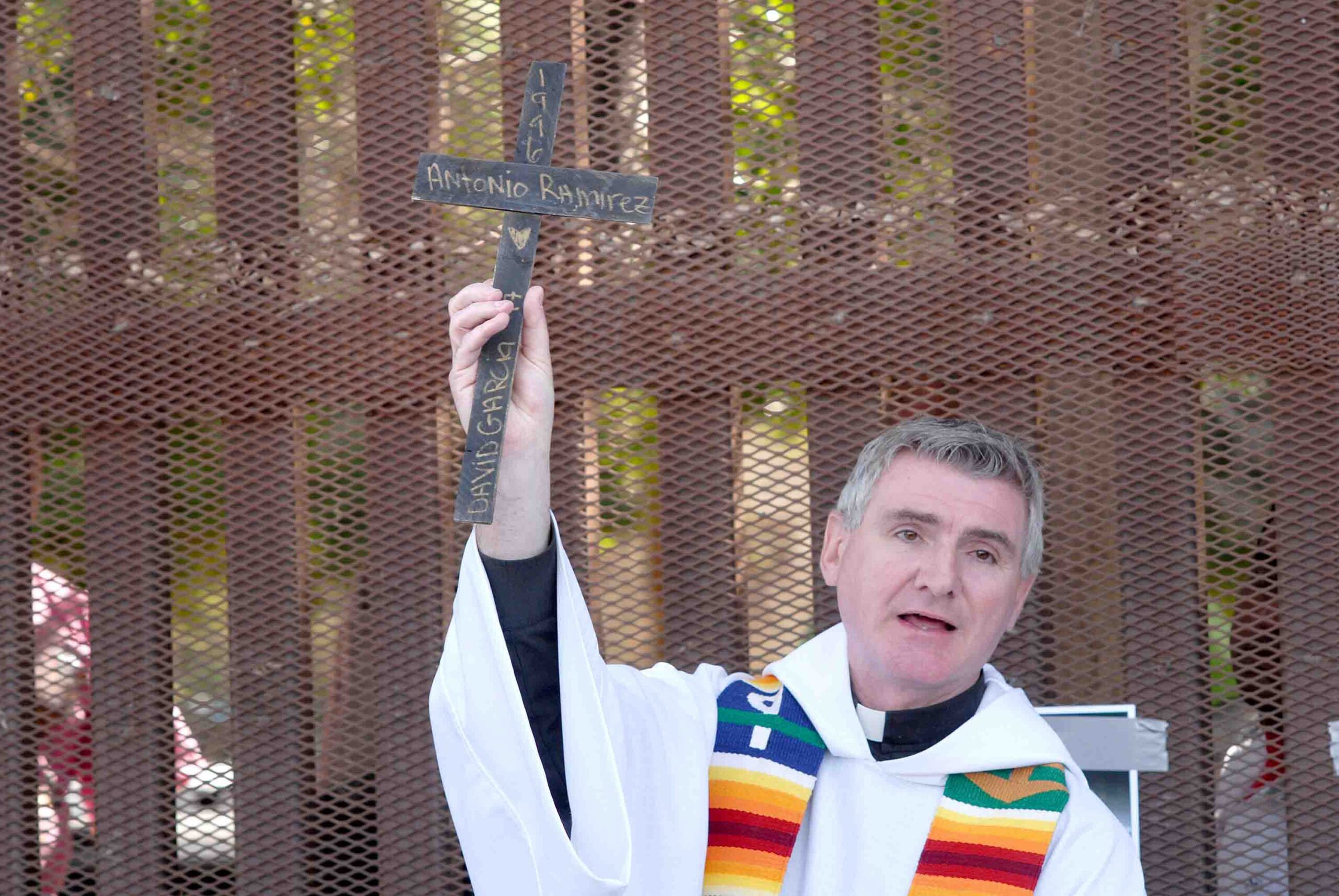An ActionAid South Africa report says that South Africa, one of the driest countries in the world, is “on the cusp of a major water crisis that poses a serious and immediate risk to the economy and to social stability.”
As early as 2013, Lester R. Brown, President of the Earth Policy Institute, wrote that peak water is “the real threat to our future.”
Peak water is described by Peter Gleick and Meena Palaniappan as “a concept that underlines the growing constraints on the availability, quality, and use of freshwater resources.” Peak water can also be defined as that moment in historic time when the economy transitions from a demand-driven condition to a supply-constrained condition.
Peak water thus implies a supply-constrained economy with a limited capacity to create new jobs which may result in social instability.
South Africa’s national economy is based on national hydrology.
Aquatic ecologists, specializing in the impacts and implications of water quality issues on aquatic biodiversity in African river and lake ecosystems, warned that South Africa is at the transition point of “peak water.” Some warned that South Africa has already reached peak water supply in 2004 and that all four international river basins will transition into absolute water scarcity by 2025. The most vital of these basins are the Orange, Limpopo, and Vaal River or Water Systems.
The Orange River System
One of the measures envisaged for the Orange River System (South African portion) to maintain a water balance between the water needs and availability up to the year 2050 is that the water required to supply the current and future social and economic activities, as well as supporting the transfer to the Vaal River System, will have to come from within the Orange/Senqu Basin. This will put additional pressure on the Orange River System.
In terms of the water quality analysis and assessment of water quality issues undertaken, the Department of Water Affairs summarized the task conclusions and recommendations as follows:
• The water quality’s present state analysis indicates increasing salinity in the Orange River.
• Currently, there is a slight surplus in the System but the growth in water demand over the next 37 years, up to 2050, will cause water shortages over time.
Polihali Dam will increase the yield of the Orange River System but the transfer to the Vaal River System will be greater than the increase in system yield, thus reducing the yield of the Orange River System.
The yield created by Polihali Dam can be shared by the Orange and Vaal users for as long as the Vaal users do not need the full yield of the Dam. The long term effect will be a growing water shortage.
Limpopo Water Management Area
The water supply in the Limpopo Water Management Area (WMA) was already over allocated by 120%, according to Dr. Peter Ashton of the Council for Scientific and Industrial Research in 2009. It is anticipated that the water demand within the Limpopo WMA will exceed the water supply by 241% by 2025.
A Department of Water Affairs report found that there will be a dramatic increase in water demand within this WMA as a result of:
• Current mining activities and proposed mining activities
• Sasol’s proposed Maphuta coal to liquid fuel projects
• The exploitation of the vast coal reserves in the Waterberg
• Exxaro’s Grootegeluk Colliery (largest open cast coal mine of its kind in the world)
• The expansion of the Grootegeluk mine to supply the new Medupi Power Station with coal
• Matimba’s and Medupi’s three new Eskom power stations in the future
The challenges in this WMA were summarized, as follows, by the Department of Water and Sanitation in 2013:
• Water resources are nearly fully developed with all available water being highly utilized.
• Limited options for further resource development exist – attributable to the arid climate, unfavorable topography, sandy rivers, as well as important conservation areas.
• Implementation of the reserve is expected to result in serious deficits in some of the main river catchments.
• Planning has been made for large new mining developments in the Mokapane-Mogoto area for which additional water will be required.
• Urban and industrial growth will mainly be concentrated in the Johannesburg, Tswane and Polokwane areas, where local water resources already are in short supply and need to be augmented by transfers from other WMAs.
• There are severe eutrophication problems at dams in the WMA.
• Possibility for new power stations and/or petrochemical industries to be developed around the coalfields in the Lephalale area.
• Water pollution, owing to large quantities of effluent discharged into the rivers in urban and industrial areas in the WMA.
It is anticipated that the mining and industrial water requirements for this WMA will grow from 17 million cubic meters per annum (m3/a), as measured in 2011, to 193 million m3/a in 2040 and a 34% growth in total water requirements is predicted if, however, irrigation, livestock and afforestation are kept at the 2010 development level, with an allowance of a population increase of 0.5 million people from 2 million people in 2011 to 2.5 million people in 2040. A steep increase in water demand is predicted for the Lephalale area because of Eskom’s two coal-fired projects. It is predicted that the water requirements for this area will increase from 20 million m3/a in 2014 to 120 million m3/a in 2040.
It should not be discounted that the former Minister of Water and Environmental Affairs, Edna Molewa, acknowledged, in her briefing to the Parliamentary Portfolio Committee on Recommendations by the Business Processing Re-Engineering Committee on the 16th of April 2013, that 52 villages in Limpopo had no water.
Vaal River System
The Vaal River System supplies water to 60% of the economy and 45% of the population of South Africa. To ensure that sufficient water of good quality is available to supply the future requirements of this important area of the Vaal River System, a multi-pillar strategy is required. In terms of the DWS’s Vaal River’s Reconciliation Strategy, one of the measures, which was to reuse treated effluent, started with mine water by 2014/2015. The reason why the treatment of mine water was prioritized is because of its concentrated salt stream.
Acid Mine Drainage (AMD) is associated with mining activity and is a long-recognized problem. In 1903, AMD was referred to as an established phenomena on the Witwatersrand. The threat of AMD to South Africa’s scarce water resources was, however, only recognized by the Department of Water Affairs in 2012 after 10 years of uncontrolled decant of raw or untreated AMD from the West Rand Basin and the devastating consequences to the downstream water users and ecology.
Currently, two high-density sludge projects in the Western (West Rand) Basin and the Central Basin are operational for the immediate treatment of AMD. These plants are presently treating around 100 million liters of AMD daily, whereupon an equivalent volume of the neutralized water is discharged to the environment.
It should be noted that the high-density sludge process merely adjusts the pH of AMD. In most cases, metals will precipitate out of solution if the pH is adjusted upwards, i.e. the water is made more alkaline. It should, furthermore, be noted that the metals in AMD have not simply disappeared but that they have merely changed to a different oxidation state, from a soluble form to a solid form. The process could be reversed and the contaminants mobilized should the water become acidic.
The water quality results of the neutralized AMD, which were supplied to the Federation for a Sustainable Environment by the Department of Water Affairs in 2013, showed sulphate levels of between 2,395 and 3,012 mg/l. The World Health Organization’s standard for sulphate in drinking water is 200mg/l. Sulphate concentrations of 600 mg/l and more cause diarrhea in most individuals and adaption may not occur.
The highest cost burden of combating salinity is currently being carried by the household sector and not by industry as might be expected. The “polluter pays principle” is based on the internalization of externalities and, therefore, is central to the equitable resolution of pollution costs currently being borne by the end users.
Twenty-five million South African Rand have been spent by the State (by implication, the taxpayers) on the feasibility study for the long-term treatment of AMD, namely the desalinization of AMD. Officials within the Department of Water Affairs were pressurized to fast track the finalization of the feasibility study. The feasibility study was completed in July, 2013 and the report was submitted to the outgoing Minister and the current Minister. At the time of writing, this report has not been signed by the Minister notwithstanding the fact that officials within the DWA were pressurized to fast track the finalization of the feasibility study.
Failure to establish a sustainable long-term solution to AMD would lead to prolonged reliance upon funding from the general public treasury, increase of the salt load in the Vaal River, which could only be mitigated by releases from the Vaal Dam, and a subsequent deficit in the Upper Vaal, which is now having severe economic impacts because of the drought.
Since AMD is not treated to a level where the salt load is removed, the Upper Vaal has gone into deficit and restrictions have been placed on consumers in the Upper Vaal.
With the Upper Vaal in deficit, there would then be no possibility of transferring water into the Olifants, Crocodile West/Maricoand Limpopo catchments, and economic activities in six provinces could be affected if water consumption is curtailed.
The Department of Water and Sanitation (DWS) identified a number of weaknesses with regard to water quality management.
• Inappropriate water use licensed conditions and inaccurate or out-of-date water use licensed database.
•Water Quality Management roles and responsibilities are not clear.
• Inadequate or insufficient enforcement, conviction and punitive measures for non-compliance due to inadequate integration in DWS; enforcement relies heavily on functions of / information gathered by other DWS sections.
• Slow implementation of the National Water Resource Strategy (NWRS) and the establishment of Catchment Management Agencies (CMA).
• Insufficient succession planning and gaps created by loss of both experienced and recently trained staff.
• DWS, currently, does not have active contracts with a number of private laboratories and reduced resourcing of water quality monitoring, leading to backlogs at DWS’s laboratory.
• Inadequate delegations within DWS with regard to water quality (WQ), suppressing innovation. Lack of formal policies and guidelines on how DWS should deal with innovative technologies, e.g. what criteria should be met in terms of acceptable risk, or what stance DWS should take towards new technologies.
• Long delays in decision-making at most senior levels in DWS.
• Repeated restructuring hampers functionality.
• Deficient implementation of resource quality objectives (RQOs); currently no guidelines for the implementation of RQOs.
• Uneven and silo-like engagement of stakeholders.
It is apt to conclude with the recent comments of Mike Muller, a former director-general of the Department of Water Affairs and, currently, a visiting adjunct professor at Wits University:
“South Africa’s water security depends on good leadership and institutions with strong technical capabilities…at present, leadership is weak, mainly because its technical foundation is failing… the right priorities are not identified and responses to key issues are ineffective…there is a growing evidence that the national department is failing in this regard and wasting time, energy and money on the wrong things. So the real water security crisis is one of management.”

